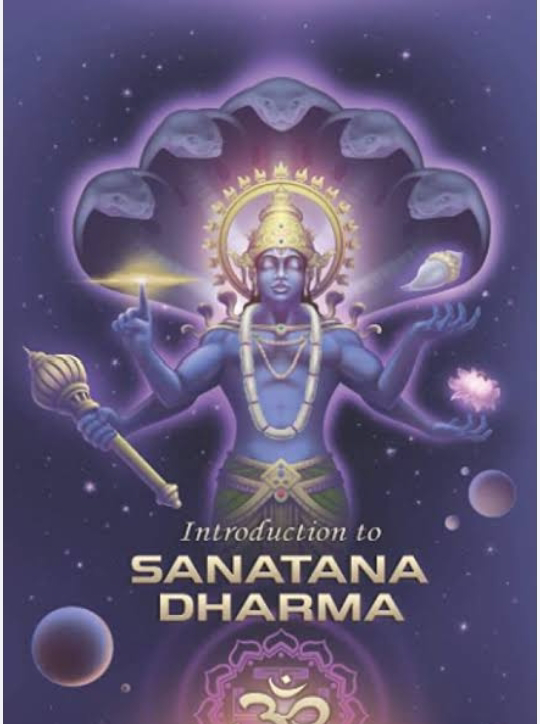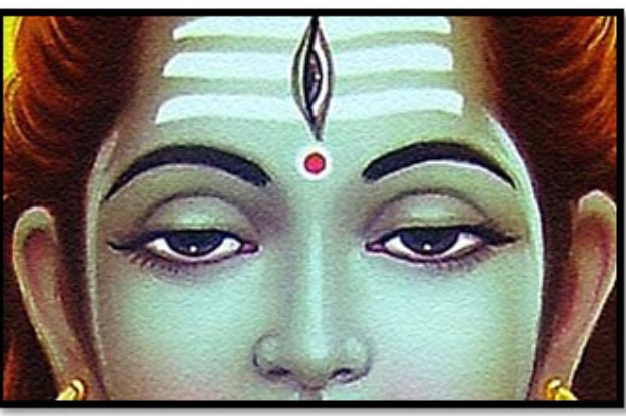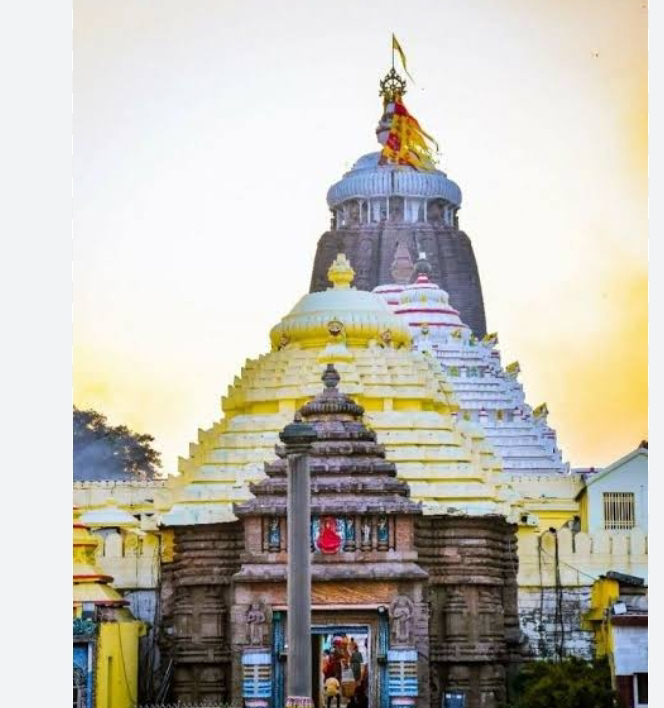Origin of Sanatan Dharma Sanatana Dharma, often referred to as Hinduism, is one of the oldest religions in the World. The term "Sanatana Dharma" itself emerged later in history and translates to "eternal or timeless dharma." It encompasses a wide range of beliefs, practices, and philosophical systems that have evolved and transformed over thousands of years. The foundations of Sanatana Dharma are found in the Vedas, the oldest sacred texts of Hinduism, which were composed between 1500 and 500 BCE. The Vedic period witnessed the development of key concepts and rituals that form the basis of Hinduism, such as the worship of various deities, sacrificial rituals, and the exploration of philosophical ideas. The Vedic texts, including the Rigveda, Samaveda, Yajurveda, and Atharvaveda, contain hymns, prayers, rituals, and philosophical discussions. Over time, Sanatana Dharma absorbed and assimilated various cultural, religious, and philosophical influences, leading to the...














